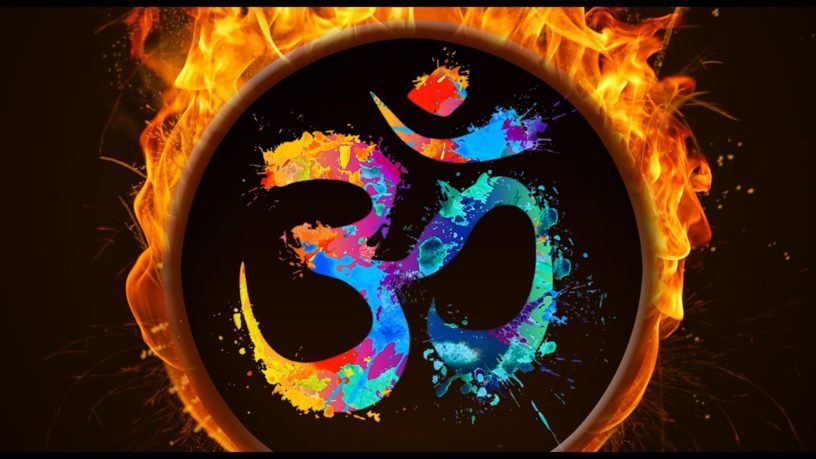Hinduism, or Sanaatan Dharma, is the oldest known religion in practice today. It has been argued by some commentators that Sanaatan Dharma is not a religion per se, but rather a “way of life”. The possible intent of this assertion is to convey the idea that Sanaatan Dharma is much greater in scope than the understanding of religion in the west. The word “religion”, if traced to its Latin roots, is composed of two parts – re meaning “back” or “return” and ligare meaning “to bring” or “to bind”. The word “religion” is thus interpreted as meaning that which binds the soul back to God.
Sanaatan Dharma in its universality asserts that all religious pathways lead to the same end – that of God realisation. On careful analysis, all religious pathways outline a “way of life” for humanity via various rule sets, therefore saying that Sanaatan Dharma is a “way of life” is definitely true but it is also true for all other religions as well. In addition, Sanaatan Dharma is definitely a religion as defined above, as it provides a system for the individual soul to realise its true nature.
There are four meanings of the term “Sanaatan Dharma”. The word “Sanaatan” means eternal. The word “Dharma” is more difficult to define but it could be described as that which prevents us from going down, ruining ourselves in any manner and makes for our welfare, progress and uplift all-around. Given that it is a set of rules to achieve self-realisation, it could also be defined as the inmost constitution by which people are supposed to live.
In the first meaning, the term could be interpreted as the Dharma established by Sanaatan (the Eternal One or God) i.e. it is Sanaatan’s Dharma. In the second meaning, the term could be interpreted as the Dharma that is Sanaatan i.e. the religious system that is eternal. This system never goes away even with cycles of creation and destruction – it remains latent till it is re-discovered. Of course, given that it is Sanaatan’s Dharma and it resides with the Eternal One, the system itself must be eternal.
The third and fourth meanings have implications for those who practise Sanaatan Dharma. In the third meaning, societies that are built around the practice of Sanaatan Dharma in the right manner become Sanaatan, i.e. they are preserved and stand the test of time while other societies crumble. Indian society has stood the test of time while others have risen and fallen. The fourth and final meaning relates to the individual who accepts and practices the tenets of Sanaatan Dharma. Such an individual is guaranteed to become Sanaatan i.e. one realises one’s true nature and becomes one with God. With these meanings in mind, we should dedicate ourselves to understanding and practising our Sanaatan Dharma with the knowledge that it is the way to our salvation.
यॊ मां पश्यति सर्वत्र सर्वं च मयि पश्यति
तस्याहं न परणश्यामि स च मे न परणश्यति
yo māṃ paśyati sarvatra sarvaṃ ca mayi paśyati
tasyāhaṃ na praṇaśyāmi sa ca me na praṇaśyati
He who sees Me (the Universal Self) present in all beings, and all beings existing within Me, never loses sight of Me, and I never lose sight of him. Bhagavad Gita (Chapter 6, Verse 30)



